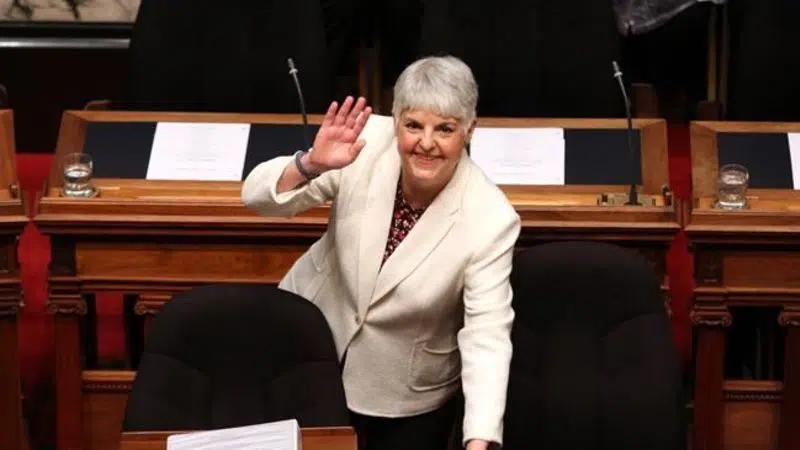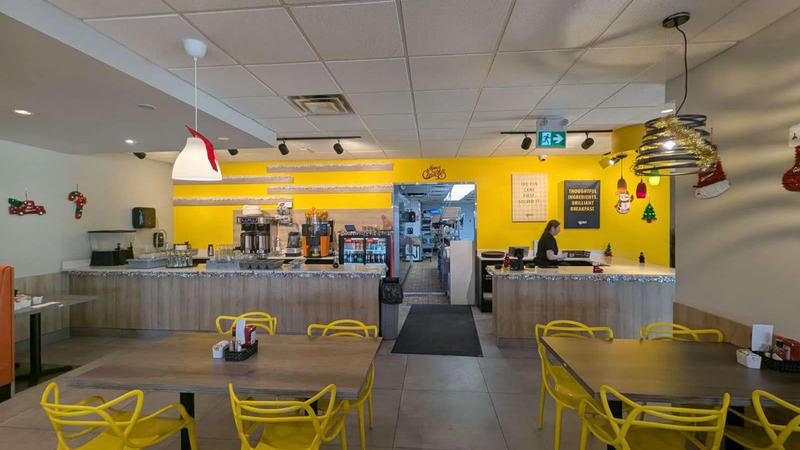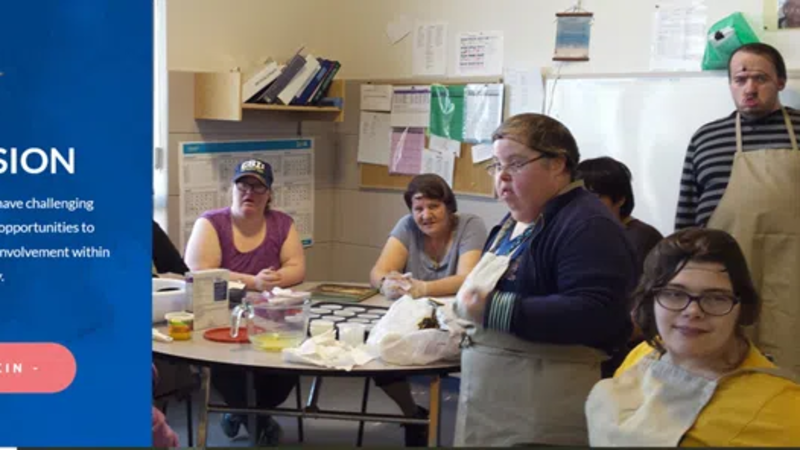
B.C. budget includes child fund, climate plan, Indigenous revenue sharing
VICTORIA — The B.C. government maintained its focus on providing programs to help families cope financially in its latest budget Tuesday, following efforts a year ago to crack down on property speculation in the housing market, bringing in a child-care plan and eliminating health-care premiums.
Finance Minister Carole James said Tuesday her balanced budget offers a helping hand to people with a package of child benefits for families, loan relief for students, assistance increases for the poor, homeowner incentives to fight climate change and a long-term revenue sharing agreement with Indigenous Peoples.
B.C. is forecast to have the highest economic growth in Canada in 2019 and 2020 at 2.4 per cent this year and 2.3 per cent next year. It has also had the lowest jobless rate in Canada for the past 17 months, she said.


